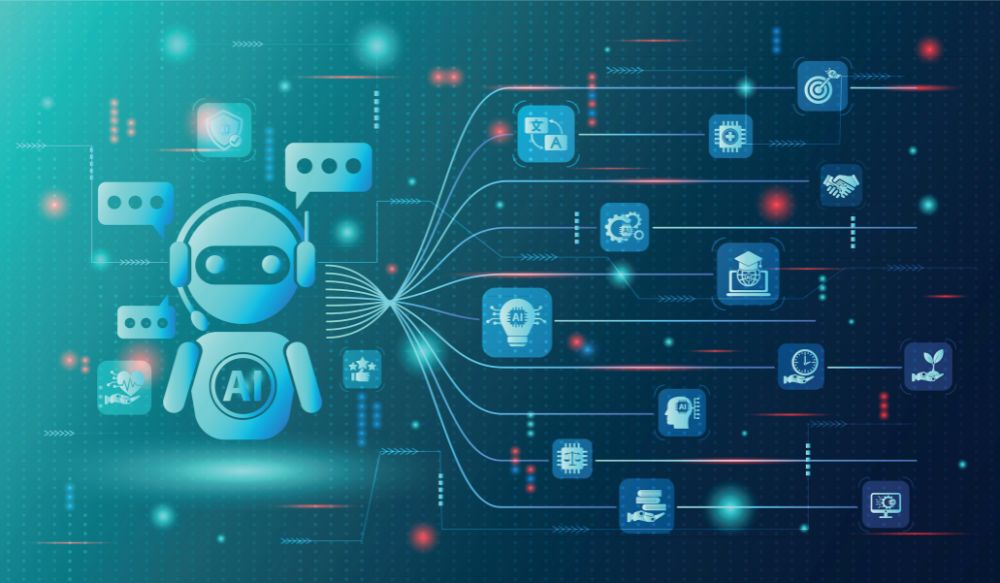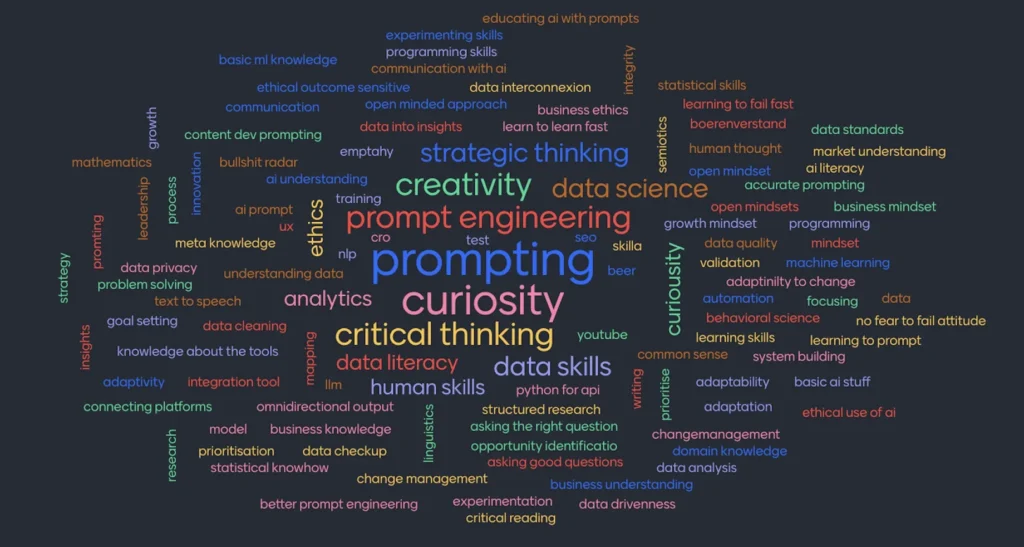The Autonomous Imperative: Architecting Your Agentic AI Agent
The image you provided illustrates a truth: AI is no longer a singular entity, but a nexus of interconnected capabilities, orchestrating complex operations. This paradigm shift culminates in the Agentic AI Agent—an autonomous entity capable of defining its own sub-goals, executing tasks, learning from environmental feedback, and adapting to achieve overarching objectives. This is not automation; this is intelligent autonomy. For Aedin Insight, LLC, guiding enterprises through this frontier is not merely a service—it is a strategic mandate.
Traditional AI, while powerful, often operates within predefined parameters, requiring human intervention for course correction or nuanced decision-making. Agentic AI transcends these limitations. It embodies a proactive, self-directed intelligence designed to navigate dynamic environments with minimal oversight.
Why Architect an Agentic AI Agent? The Strategic Imperative.
The rationale for deploying Agentic AI extends beyond technological sophistication; it is a direct pathway to unparalleled operational efficiency, predictive capability, and competitive advantage.
Enhanced Autonomy and Reduced Human Overhead: Imagine systems that can identify issues, propose solutions, and even implement them without constant human input. An Agentic AI agent, empowered by sophisticated reasoning and decision-making modules, can manage complex workflows, interpret data streams, and execute multi-step processes autonomously. This liberates human capital for high-level strategic initiatives, optimizing resource allocation.
Adaptive Problem-Solving in Dynamic Environments: Business landscapes are fluid. Market shifts, supply chain disruptions, and evolving customer demands necessitate agility. Agentic AI agents are engineered to learn from real-time data, identify emergent patterns, and dynamically adjust their strategies. This adaptability allows them to tackle unforeseen challenges and capitalize on fleeting opportunities with a speed and precision unattainable by human-centric processes.
Unlocking Predictive and Proactive Capabilities: Beyond reacting to events, Agentic AI excels at anticipation. By continuously analyzing vast datasets, these agents can identify precursors to potential issues or opportunities. For instance, a financial agent might predict market volatility, a manufacturing agent might foresee equipment failure, or a customer service agent might proactively address potential churn. This predictive power enables proactive intervention, mitigating risks and seizing advantages before they fully materialize.
Scalable Intelligence for Complex Operations: As organizations grow, so does the complexity of their operations. Agentic AI provides a scalable solution for managing intricate systems, whether it’s optimizing logistics across a global supply chain, personalizing customer experiences for millions, or orchestrating intricate cybersecurity defenses. The agent’s ability to self-manage and self-optimize ensures that complexity does not equate to inefficiency.
Architecting Your Agentic AI Agent: A Methodical Approach
Building an Agentic AI agent is a rigorous, multi-faceted process that demands a deep understanding of AI principles, system architecture, and domain-specific knowledge.
Define the Autonomous Domain and Objectives: Begin by precisely delineating the scope of the agent’s autonomy. What specific problem is it solving? What are its primary goals? What are the boundaries of its decision-making authority? Clear, measurable objectives are paramount.
Core AI Engine Selection and Integration: The heart of the agent is its AI engine. This could range from large language models (LLMs) for reasoning and communication to reinforcement learning algorithms for optimal decision-making in dynamic environments. The choice dictates the agent’s cognitive capabilities.
Perception and Data Ingestion Modules: The agent requires robust mechanisms to perceive its environment. This involves designing interfaces for real-time data ingestion from disparate sources (APIs, databases, sensors). This module filters, processes, and contextualizes raw data into actionable information.
Decision-Making and Planning Algorithms: This is where true agentic behavior manifests. Develop sophisticated algorithms for goal-oriented planning, conflict resolution, and self-correction. This may involve hierarchical planning, heuristic search, or advanced reasoning frameworks that allow the agent to weigh options and select optimal actions.
Action Execution and Interface Layer: The agent must be able to act upon its decisions. This involves developing secure, robust interfaces to external systems (e.g., executing trades, adjusting machinery parameters, sending communications). Error handling and rollback mechanisms are critical here.
Learning, Adaptation, and Feedback Loops: For true autonomy, the agent must learn. Implement feedback loops where the agent evaluates the outcomes of its actions, updates its internal models, and refines its strategies. This iterative learning ensures continuous improvement and resilience.
Ethical Guidelines and Safety Protocols: As autonomous systems, Agentic AI agents necessitate rigorous ethical frameworks and robust safety protocols. This includes defining failure states, human-in-the-loop oversight mechanisms, transparency in decision-making, and safeguards against unintended consequences.
Your Navigator to Agentic AI
The transition to Agentic AI is not merely a technological upgrade; it is a strategic evolution. For organizations seeking to harness the profound capabilities of autonomous intelligence, Aedin Insight, LLC provides the expertise. We architect, deploy, and optimize Agentic AI solutions that drive unprecedented efficiency, predictive power, and sustainable competitive advantage. Engage with us to move beyond automation and step into the era of intelligent autonomy.



